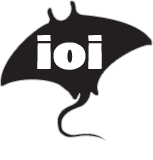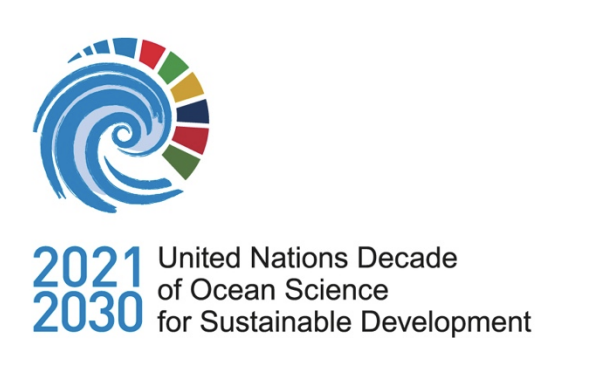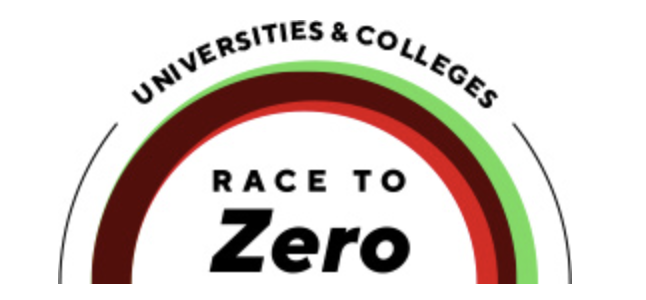Several months ago my son Eric (NFHS 2001) now a third year student at UConn Dental School informed me that for spring break 2013 he and four of his classmates were planning a trip to the Galapagos Islands. This was not to be a total fun in the sun event but rather a service trip to provide much needed dental care to some of the approximately 2500 inhabitants of Isabela Island.
These international service trips have been a regular part of the curriculum at UConn Dental School for many years. This was to be the 1st mission to the Galapagos and to complete the team they needed an experienced restorative dentist and I was invited to fill that position. The group was led by Dean Michael Goupil.
We departed JFK Airport on Friday night, March 22nd at 11:00 PM. After 2 flights, a bus ride, a ferry boat, a taxi trip and an another 60 mile boat ride we arrived on Isabella Island at 6AM the 23rd of March. Our accommodations were pretty typical for Galapagos hostels, a comfortable bed, toilet, shower and much needed air conditioning which worked well enough to keep the 90 degree temperatures outside.
To establish an outreach dental program on foreign shores is not a simple task. Firstly, we needed a local organization on Isabella to act as our sponsor. Fortunately the Intercultural Outreach Initiative, which provides educational programs on the Island, acted as our representative. They helped us with the visa requirements for both Ecuador and the Galapagos. Most importantly the IOI made the arrangements with local officials on Isabella to provide space for our dental clinic. We would operate out of the Island’s library.
As this was the first dental mission for UConn to the Galapagos we had no idea as to what the dental needs of the population would be. The students loaded four pieces of luggage with a large supply of gloves, masks, surgical instruments, antibiotics, pain medication, filling materials, hand instruments and topical fluoride
treatments. For operating lights the students wore battery operated head lamps, we had no dental drills or x-ray equipment.
The Galapagos is a chain of 42 islands all formed by volcanic activity. People live on only four of the islands. We had one free day before out clinic was scheduled to open and most of our group opted for a 12 mile hike to the mouth of an inactive volcano. The hike took us through woodlands and old lava fields.
The afternoon of our “free” day was spent exploring a small island noted for it’s
abundance of Galapagos lizards. Day one ended with dinner at a local open air restaurant. For five dollars we enjoyed fish soup, guava juice and fish and rice – Which I, might add was what we ate for most all of our lunches and dinners.
For weeks prior to our arrival on Isabela our local contact Amanda, from the IOI got the word out to the locals that the Brigade Ondontologistas from UConn was coming to their island. As there are few roads on the island most of the 2500 people tend to live in and around a small village near the port or in the highlands.
Dean Goupil had previously made 20 service trips to remote locations such as Amazon River Basin Villages, Honduras and Paraguay. His experiences dictated which supplies to bring, and how to manage them in the field in terms of logistics and disinfection. 7:30 AM on day one of clinic the students were briefed on how the day would unfold. Before too long patients began to show up. Some patients had already made appointments and others simply appeared at the door. No one was turned away and we attempted to take care of whatever needs the people had. Based on similar projects we were prepared for extracting many teeth. We were not prepared for how many cavities the people had in teeth that could still be saved. Using only the hand tools and materials that we brought and the students did what they could. Approximately 100 fillings were done with this method thereby saving as many teeth . Day one ended with 45 patients being treated including the town mayor’s mother. On day two we treated about the same number of patients. We took a traditional two hour break for siesta but rather than sleep we took this opportunity to use visit the Galapagos Tortoise Breeding Center. Looking like boulders and weighing hundreds of pounds, feet like an elephant’s with claws, looking like ET, and some being over 100 years they are a national treasure. Few are now left in the wild as their babies are targets for the wild dogs and cats which are not native to the Island but were brought there by man.By our third and last day the word was out in this small community that the American Dental Brigade was performing excellent no cost, no pain treatment. Even the town Mayor came for his treatment and Eric successfully, and painlessly, removed two infected teeth.We communicated quite successfully with the indigenous Spanish speaking population. We had Alex, a former dental student now spending several months a year living on Isabella, and Amanda as translators plus two of the students and I were reasonably able to speak Spanish.I have practiced in New Fairfield for 37 years with countless satisfying moments. Never, however, have I felt to be so fortunate as to be able to give so much to people who had so little. Eric stated that the time he spent treating patients on Isabella was his “best week in dental school”. Our five student dentists plan to go into general dentistry, pediatric dentistry, orthodontics and oral surgery at the conclusion of their training. Next year another trip to Isabella is planned for UConn Dental Students. I am sure that they too will find that the Galapagos Islands are a world treasure. I am equally sure that they too will find their mission to be one of the most rewarding experiences of their lives.
Doctor Robert Jacobs


















